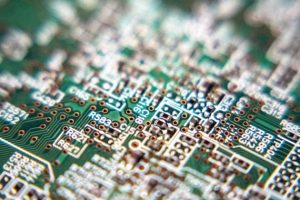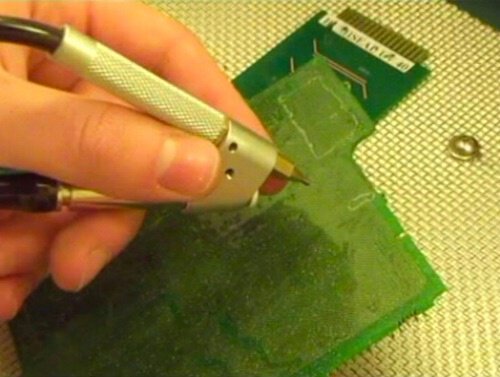Repairing Parylene Coated PCBs
Posted by Sean Horn on Fri, Sep 30, 2016
Parylene’s CVD method of application generates exceptionally lightweight yet durable conformal coatings, with superior barrier properties. Compared to liquid processes, the effects of gravity and surface tension are negligible, so there is no bridging, thin-out, pinholes, puddling, run-off or sagging.




0 Comment Click here to read/write comments